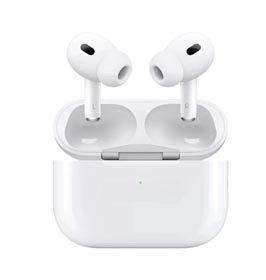How to Organize Product Reviews with OOPBuy Spreadsheet for Smarter Shopping
Cross-border shopping can be exciting but also risky—without proper research, you risk receiving counterfeit items, delays, or poor customer service. To mitigate these risks, consider organizing product reviews in a structured way using OOPBuy
A reliable spreadsheet should categorize reviews into key areas that influence a purchase decision. Here’s how to structure it: When assessing a Gucci bag from OOPBuy, note details like:1. Create Spreadsheet Sections for Different Review Types
Example: Analyzing an OOPBuy Gucci Product
| Aspect | Review Notes |
|---|---|
| Item Description Accuracy | "Logo placement matches authentic bags, but zipper quality is slightly inferior." |
| Material Quality | "Leather feels genuine but lacks the expected softness." |
| Issue Resolution | "Seller offered a partial refund when stitching was loose." |
Example: Evaluating an OOPBuy Rolex Watch
For luxury watches, prioritize authenticity and functionality:
- Authenticity:
- Functionality:
- Seller Transparency:
- Functionality:
2. Compare Products and Sellers with Real-User Data
A structured review log lets you:
- Identify trustworthy sellers with consistently positive feedback.
- Spot red flags (e.g., recurring complaints about counterfeit Rolexes).
- Estimate shipping time based on historical data from specific regions.
3. Make Trustworthy Purchase Decisions
By updating your OOPBuy spreadsheet
Empowering consumers with organized information reduces fraud risks and enhances satisfaction in cross-border shopping.Pro Tip:
Key Features: 1. **HTML Tags**: Uses `
`, `
`, `
- `, `



















